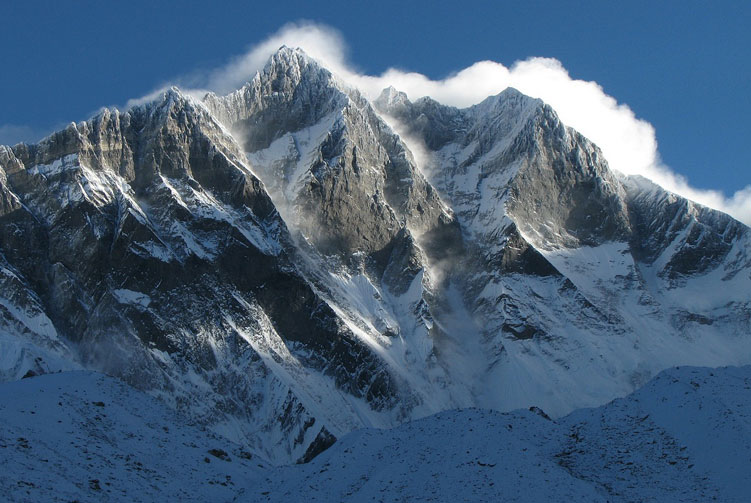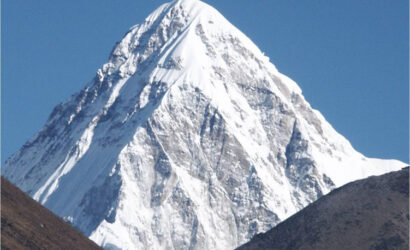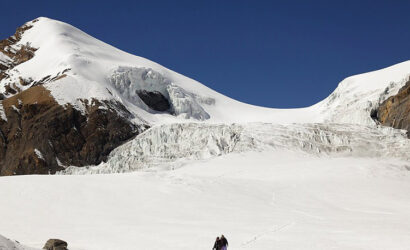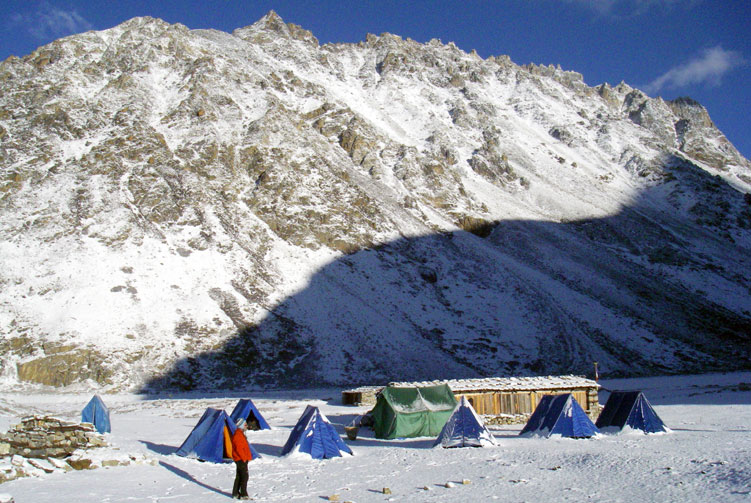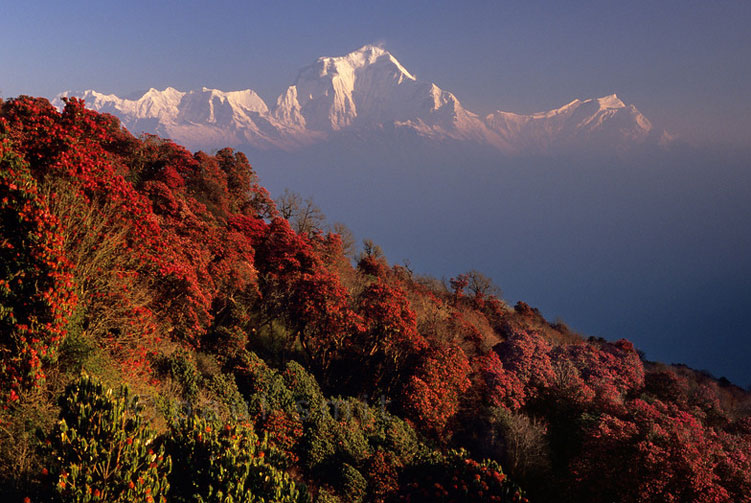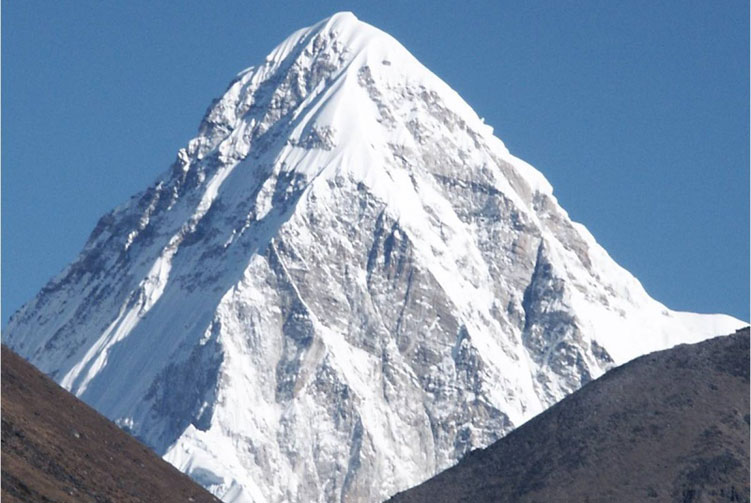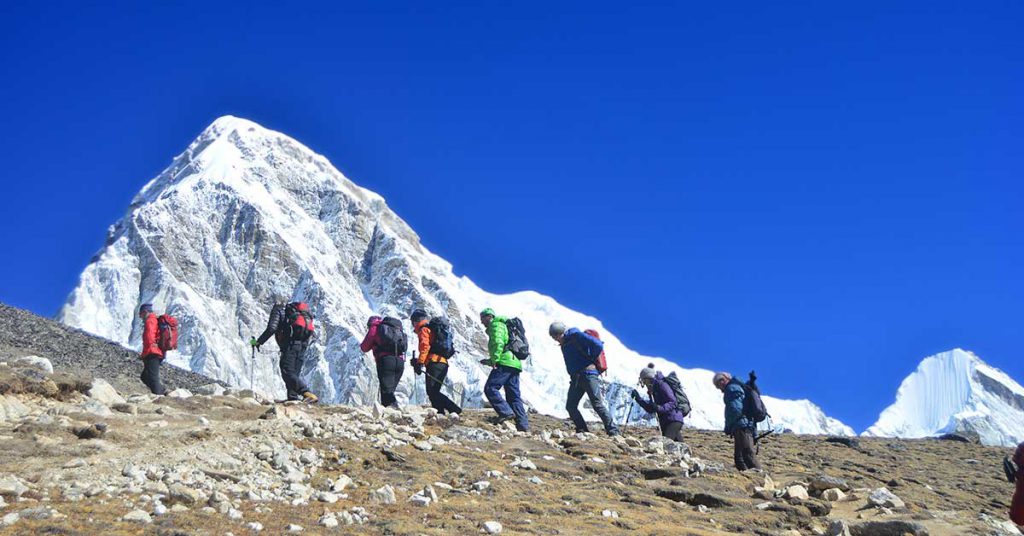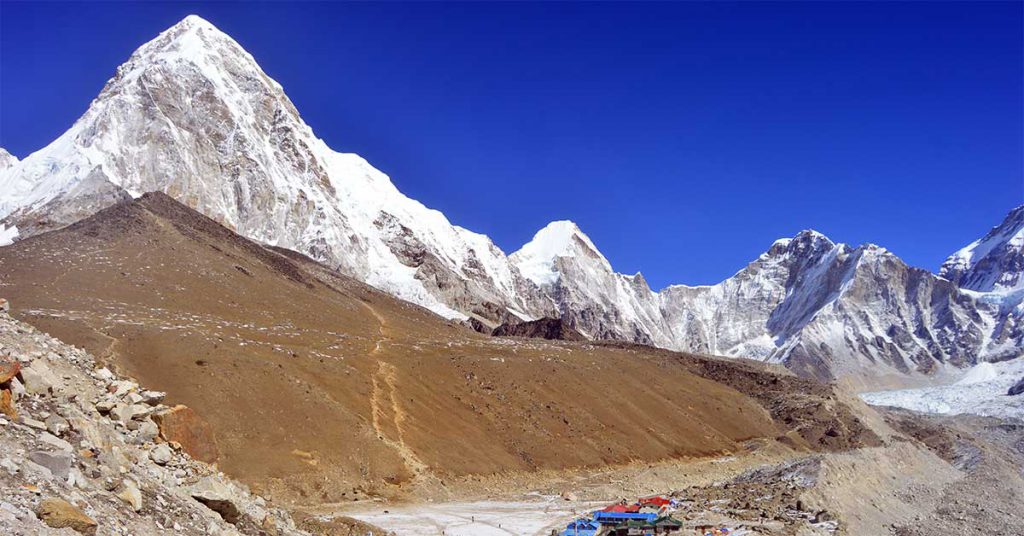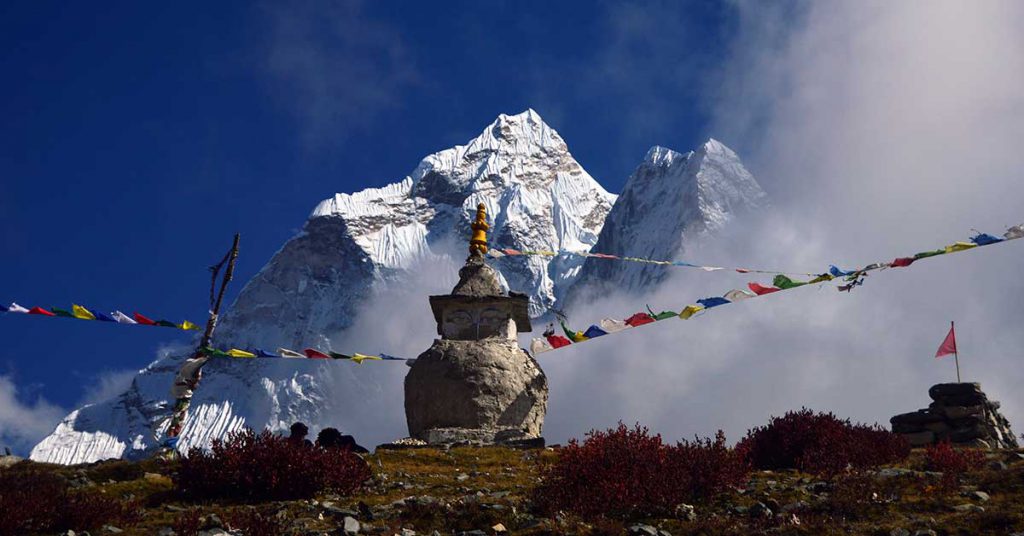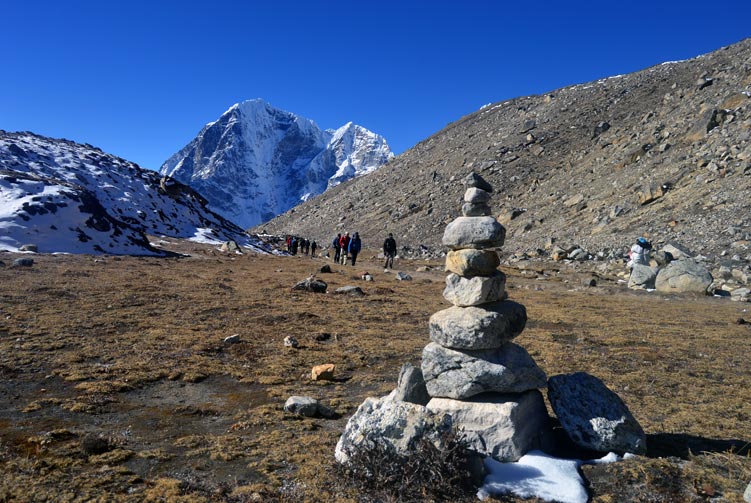Fixed Departure Date
| TRIP DATES | AVAILABILITY | PRICE | SPACE LEFT | |
|---|---|---|---|---|
| April 7, 2025 - May 26, 2025 | Guaranteed | $18,490 |
Available
|
|
| April 7, 2026 - May 26, 2026 | Guaranteed | $18,490 |
Available
|
Most mountaineers dream of reaching the summit of mount Everest during their lifetime. For many mountaineers a successful Everest expedition is the ultimate goal of climbing in the Nepals Himalaya. Everest expedtion via the South Face remain the most popular choice, as this route has the highest success rate.
Overview
The Mount Lhotse Expedition is a meticulously planned endeavor that unfolds against the majestic backdrop of the Himalayas. Our journey begins at the base camp, nestled amidst the rugged terrain at the foot of the mountain. From this starting point, our team of seasoned mountaineers will embark on a challenging ascent, navigating through a series of camps strategically positioned along the route. Each camp serves as a crucial staging point, allowing us to acclimatize gradually to the thinning air and harsh conditions of high altitude.
As we ascend, we will encounter a diverse array of challenges, from treacherous crevasses to steep ice walls. To navigate these obstacles safely, our team will employ advanced rope-fixing techniques and technical climbing skills honed through years of experience. Every step of the way, we will rely on careful planning and precise execution to overcome the formidable obstacles that stand between us and the summit.
At higher altitudes, where the air grows thin and the temperature plummets, we may rely on supplemental oxygen to enhance our performance and ensure our safety. Oxygen tanks, meticulously calibrated and carefully managed, will accompany us on our ascent, providing a vital lifeline in the thin air of the high Himalayas.
Throughout our expedition, we will remain steadfast in our commitment to environmental stewardship, adhering to the principles of Leave No Trace to minimize our impact on the fragile ecosystems of the mountains. We will carry out our waste, dispose of it responsibly, and tread lightly on the pristine snow and ice that define this breathtaking landscape.
Leading our expedition will be a team of experienced guides, each possessing a wealth of knowledge and expertise gained through years of mountaineering experience. These seasoned professionals will serve as mentors and leaders, guiding us through the challenges ahead with wisdom and skill.
Our itinerary is carefully crafted to allow ample time for acclimatization and rest, ensuring that we are physically and mentally prepared for the demands of the journey ahead. Along the way, we will savor moments of camaraderie and companionship, forging bonds that will sustain us through the most difficult moments of our ascent.
As we stand on the threshold of this monumental undertaking, we are filled with a sense of awe and anticipation. The summit of Mount Lhotse beckons us onward, promising breathtaking vistas and the exhilarating thrill of achievement. With determination in our hearts and a spirit of adventure in our souls, we set forth on this epic journey, ready to conquer the heights and embrace the challenges that lie ahead.
Trip Highlights
- Conquer steep slopes, icy terrain, and extreme altitudes, pushing your physical and mental limits.
- Enjoy breathtaking panoramic views of the Himalayan range from the summit and along the way.
- Interact with the Sherpa people and learn about their unique culture and traditions.
- Forge strong bonds with fellow climbers and Sherpa guides during the challenging journey.
- Develop resilience, determination, and mental strength through this extraordinary adventure.
- Create memories and stories that will last a lifetime, marked by your Lhotse Expedition.

